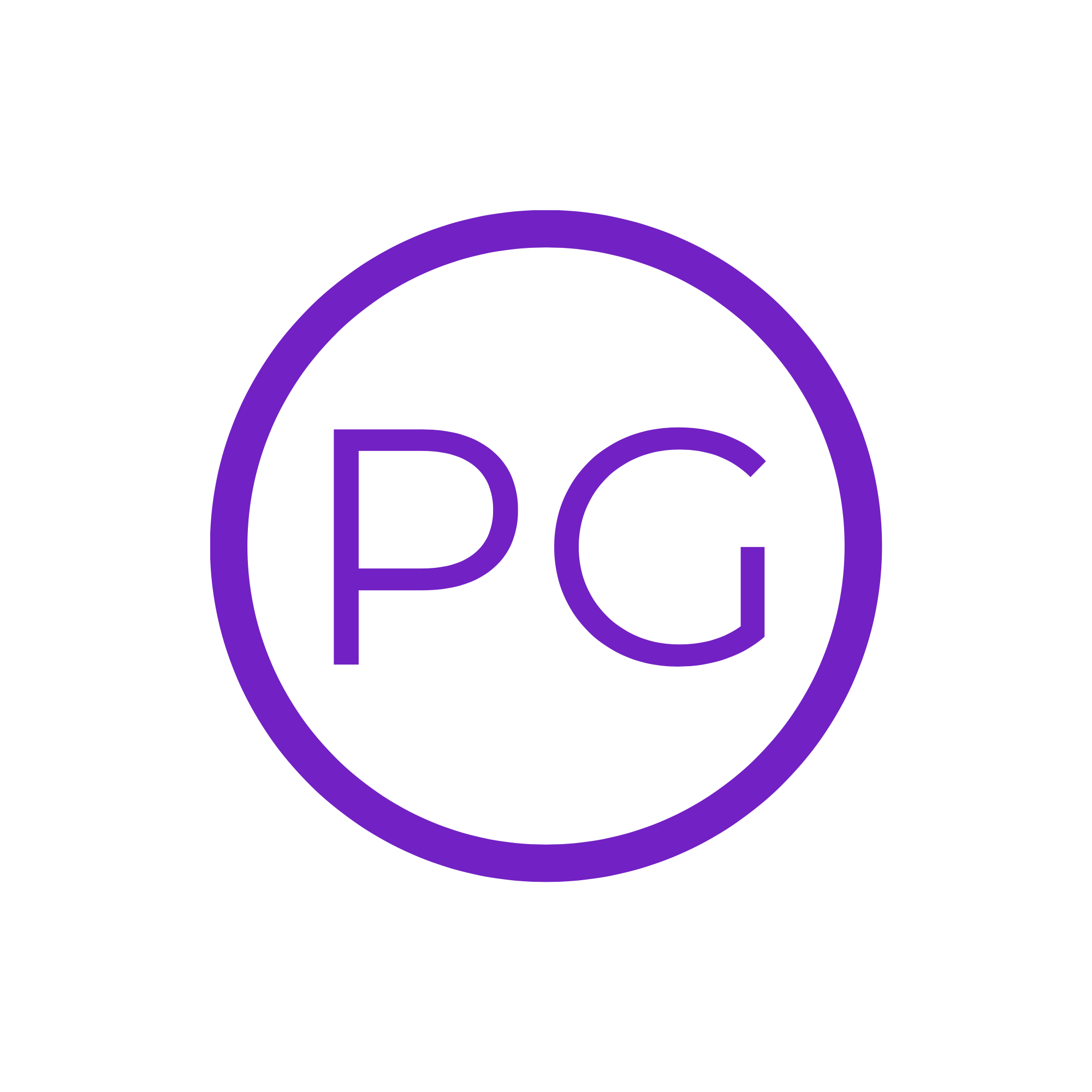Kashmir Hill and Surya Mattu, writing in a widely shared piece for Gizmodo:
After two months of data collection, I was able to pick up a bunch of insights into the Hill household—what time they wake up, when they turn their lights on and off, when their child wakes up and falls asleep—but the weirdest one for me personally was knowing when Kashmir brushes her teeth. Her Philips Sonicare Connected toothbrush notifies the app when it’s being used, sending a distinctive digital fingerprint to the router. While not necessarily the most sensitive information, it made me imagine the next iteration of insurance incentives: Use a smart toothbrush and get dental insurance at a discount!
The larger pattern that emerged about the smart home was that all of the devices phoned home daily, even if they hadn’t been used, telling the companies that made them, “Hey. I’m still here. I’ve still got power. Have any updates for me?”
The privacy implications here are huge, of course. Even with encryption, patterns can be detected which can gain insight into habits, routines, preferences for activity, and changes or deviations from norms.
It’s interesting that Hill concludes, too, that setting up and trying to navigate “smart” devices is also, for the most part, less efficient than simply flipping a switch manually.
I’m generally a fan of technology, but outside a fancy thermostat, have never found much utility in the idea of anything else considered “smart” technology.
Hill’s thoughts also echo the sentiment of Dr. Drang’s comments about HomeKit from Six Colors’ Apple Report Card in 2017:
“I’m still satisfied with walking over to the switch to turn my lights on and off,” wrote Dr. Drang. “Quite reliable.”
